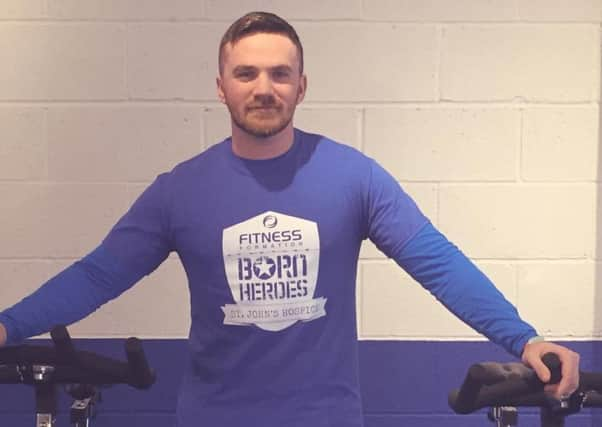Sore muscles? You may be better going back to the gym


We like to keep things pretty simple, so we’ll stick with the first description.
So ...
What is Fasica? ‘Fascia is connective tissue fibers, primarily collagen, that form sheets or bands beneath the skin to attach, stabilize, enclose, and separate muscles and other internal organs’.
Advertisement
Hide AdAdvertisement
Hide AdThis is one of a few ways researchers describe it. In essence, we are simply assisting to release tension, and increase blood flow.
You may have seen a few people in your gym rolling round on something that looks like it isn’t much fun.
But ...
It is fast becoming recognised as an essential cog in athletic performance regardless of who you are. Beneficial both before and after exercise, you need one of these in your life, and is often used by the average person to elite athletes before a workout to aid flexibility or after a workout to help alleviate muscle soreness, and promote recovery.
Foam rolling has been shown through studies to be particularly effective in increasing ROM (range of motion) where resistance training and sports performance are concerned.
Advertisement
Hide AdAdvertisement
Hide AdDOMS (delayed on-set muscle soreness) is the pain and stiffness felt in muscles in the days or hours to days after hard or strenuous exercise, or exercise we are not accustomed to. In the main, DOMS will manifest itself 24 to 72 hours after exercise, and is related to micro tears/micro traumas in the muscle fibers.
There is an argument for training while experiencing DOMS as the body recovers from the stimulus placed upon it.
Some people, especially performance athletes, avoid training with DOMS and use SMR to reduce muscle soreness, or other forms of available treatments.
That said, others use it before and after, and continue to train. Your body will give you a good heads up, as to whether you should be exercising.
Many studies have actually found exercise is the best way to help reduce the effects, but as we say, it is down to personal preference.
You will have a better understanding of your pain threshold.